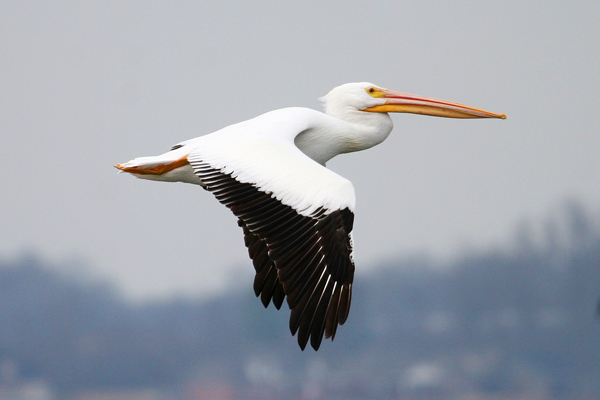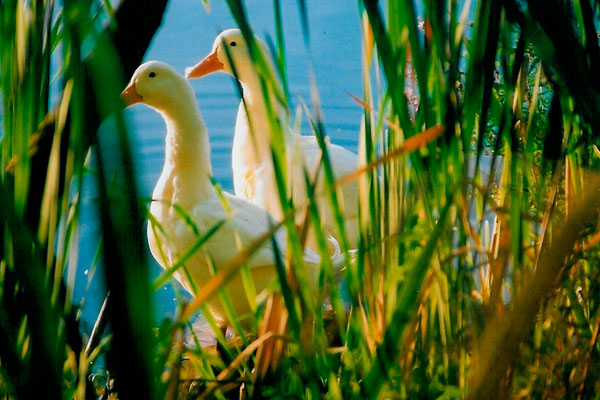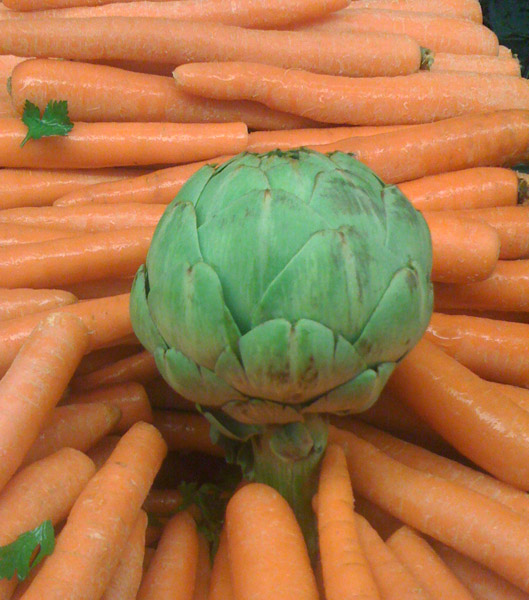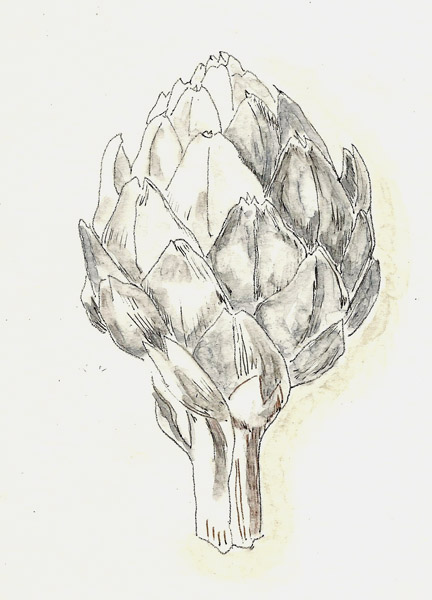This is the fifth and last of the guest posts from some of my blog visitors who answered the question “How has photography, no matter your expertise or experience, had a positive impact on your life?” (This was a question I’ve been exploring in my recent series Why Photography?)
This guest post was written by Debi Bradford and accompanied by two of her favorite photographs.
Long ago I fancied myself as an amateur photographer. As a young lass armed with a 35mm Yashica I dabbled in nature photography and took portraits of friends and family. Tons of early, mediocre images lie fallow and fading in Tupperware boxes on a shelf. My hobby took a backseat first to career and then family before being forgotten altogether over time.
Quite unexpectedly interest sparked once again when we moved to the lake away from subdivisions and concrete, traffic and rush hours. Suddenly, I was exposed to fantastic sunrises and sunsets, wild storms and wildlife. Simultaneously I discovered the immediate gratification of digital photography. Hooked, I began exploring the wilds of our area and discovered the joy of writing about my experiences. Sharing about nature in blogs and in magazines I have found a joy, my bliss.
However, as to Bo’s Question, “Why Photography?” some points come to mind:
Photography is an activity within which I can both find myself and lose myself at the same time.
Literally focusing on something other than myself opens my mind toward reflection of larger things. Contemplation of nature and its creatures, its cycles, its seasons, observing the earth and the heavens keeps me grounded.
Sensory Experiences
The peace and quiet; sound of water, wind, insects and birds; smell of woodsmoke and flowers, riverbanks and mosses; observing the intensity of clouds and storms, enjoying a golden late afternoon light playing across bark and leaves, diamonds of light twinkling on water; the joy of discovering creatures and places. In nature all my senses come into play for there’s no competition. Have you ever watched a praying mantis hunt? The mantis slowly begins to sway in tune with the surrounding foliage, becoming one with the leaves and branches, matching the natural movements around it. It blends in; becomes part of the scene. That’s what I do, oftentimes walking and sitting for an hour before ever picking up the camera. Soak it in and breathe it, become it, enjoy it, embrace it before trying to capture that special feeling given by Spirit creates a visceral memory with each frame.
Solitude and Spirituality
It’s very Zen and meditative; calming. When my soul is at its most restless and unhappy I seek being outdoors by myself, just me and my camera. For it is there, outside, where I feel great peace and the full measure of Spirituality flows through me like warm honey. Disengaging from the mindless busyness of the day-to-day and engaging in the clear, focused reality of Life through photography is when I feel Spirit intensely.
Magic and Joy
The normal person might see a white pelican and simply be gladdened by the experience, if that. However, when I see a white pelican I want to capture the experience, record the bird’s essence, upload it, look at it a thousand times and broadcast it to the heavens. It’s my way of shouting for joy … Look! A WHITE PELICAN! Isn’t that amazing?! It’s photographing frame-by-frame the immersion of a butterfly from its cocoon and feeling that wonder deep, deep inside every time I see those images. Photography is sheer magic to me. It’s the joy of sharing the wonder of our earth and its creatures. It’s a visual journal of a life experience.
Photojournalism
Photography has become even more than just capturing an image. It’s sharing it with others of like minds through my other two passions – computers and writing. Blogging combines all three and connects me with other like-minded individuals around the world. Many photographers are content to let the photograph tell the story as that’s what works for them. However, describing nuances that the photo simply cannot convey – how I found the shot, sharing about a particular place or telling the story of how the event changed my life – fulfills me. There’s a story to every photograph, and those are the details that make the image rich and meaningful.
Giving Back
It is through my photography of nature that I give back to non-profit organizations whose mission it is to preserve wild spaces. Nature preserves and wildlife refuges are important to me. Photographs taken on nature preserves and/or wildlife refuges grace the cover of greeting cards and I give a percentage of sales to the corresponding non-profit. It’s my way of saying Thank You, my way of helping and giving back.
So for me photography isn’t just a hobby, it completes me and takes me full circle. I take pictures because I cannot NOT take pictures. I am simply, blissfully, a photographer.
Debi Bradford lives in Alabama and is a photographer, blogger, and lover of nature. She shares her photography and writing on her blog Giraffe Head Tree.













